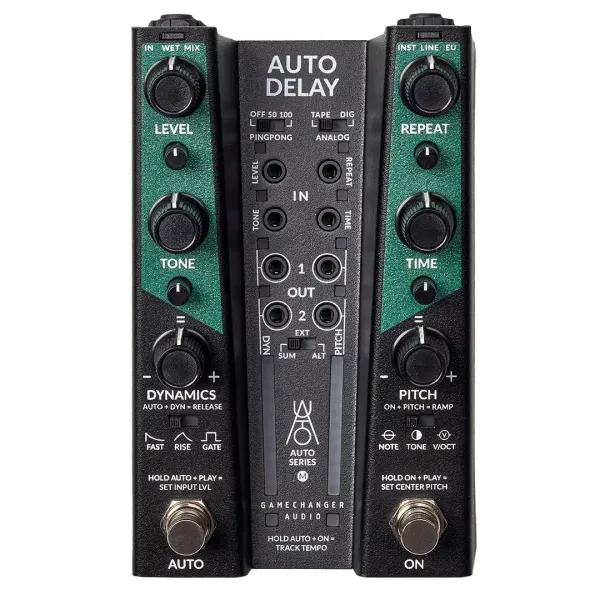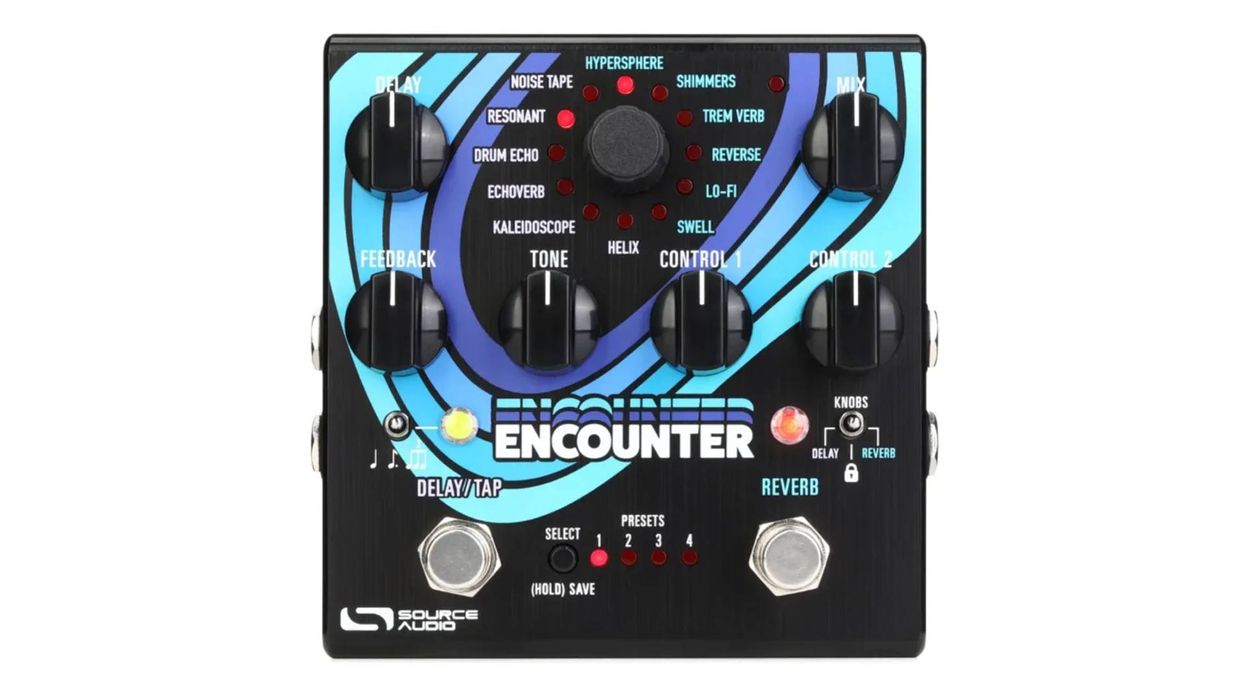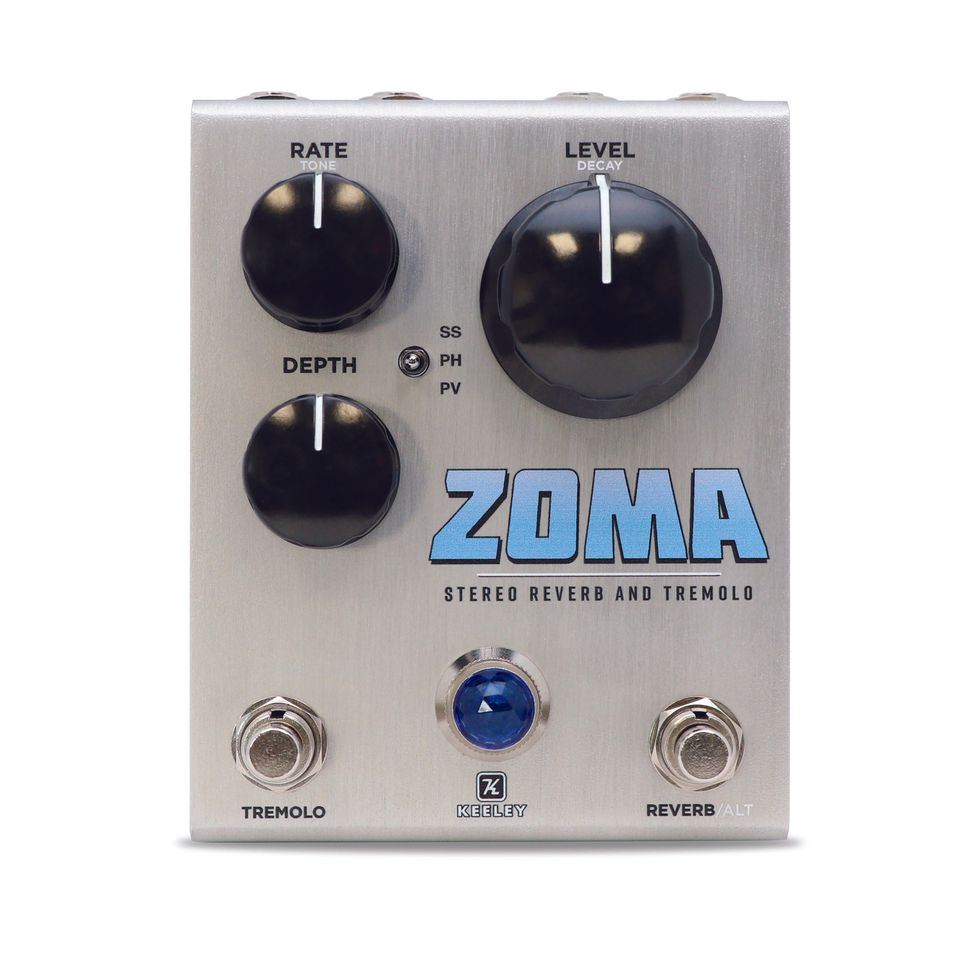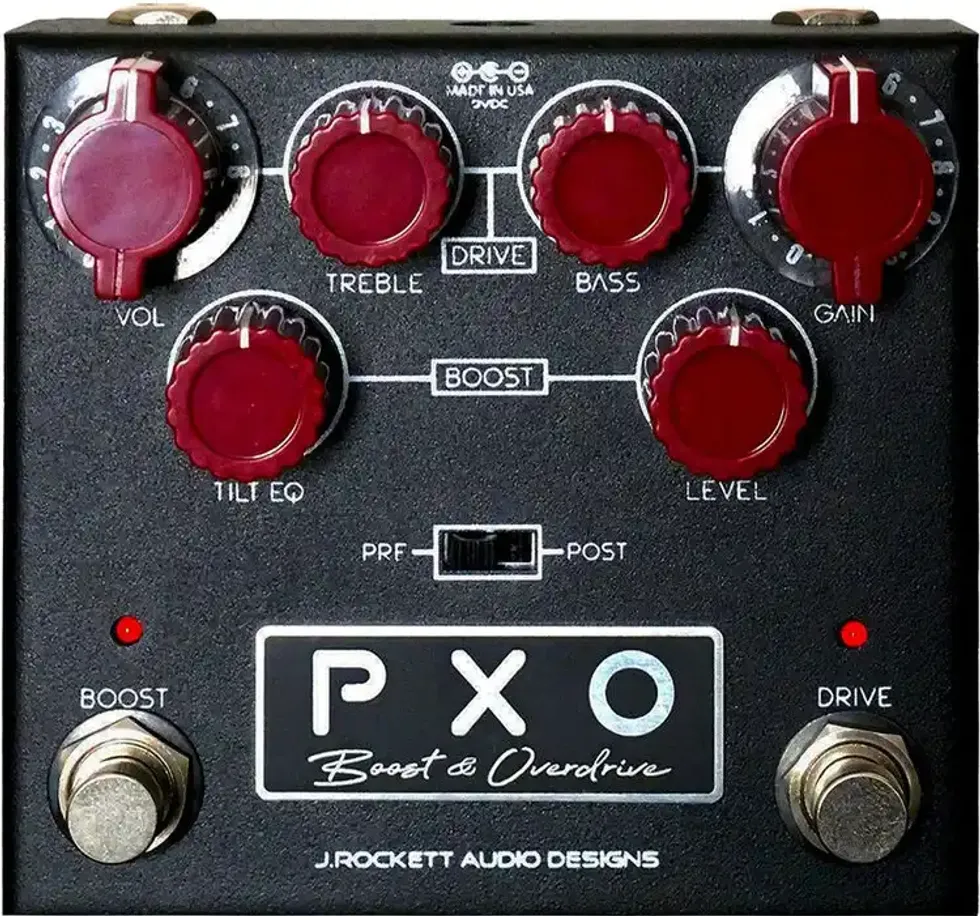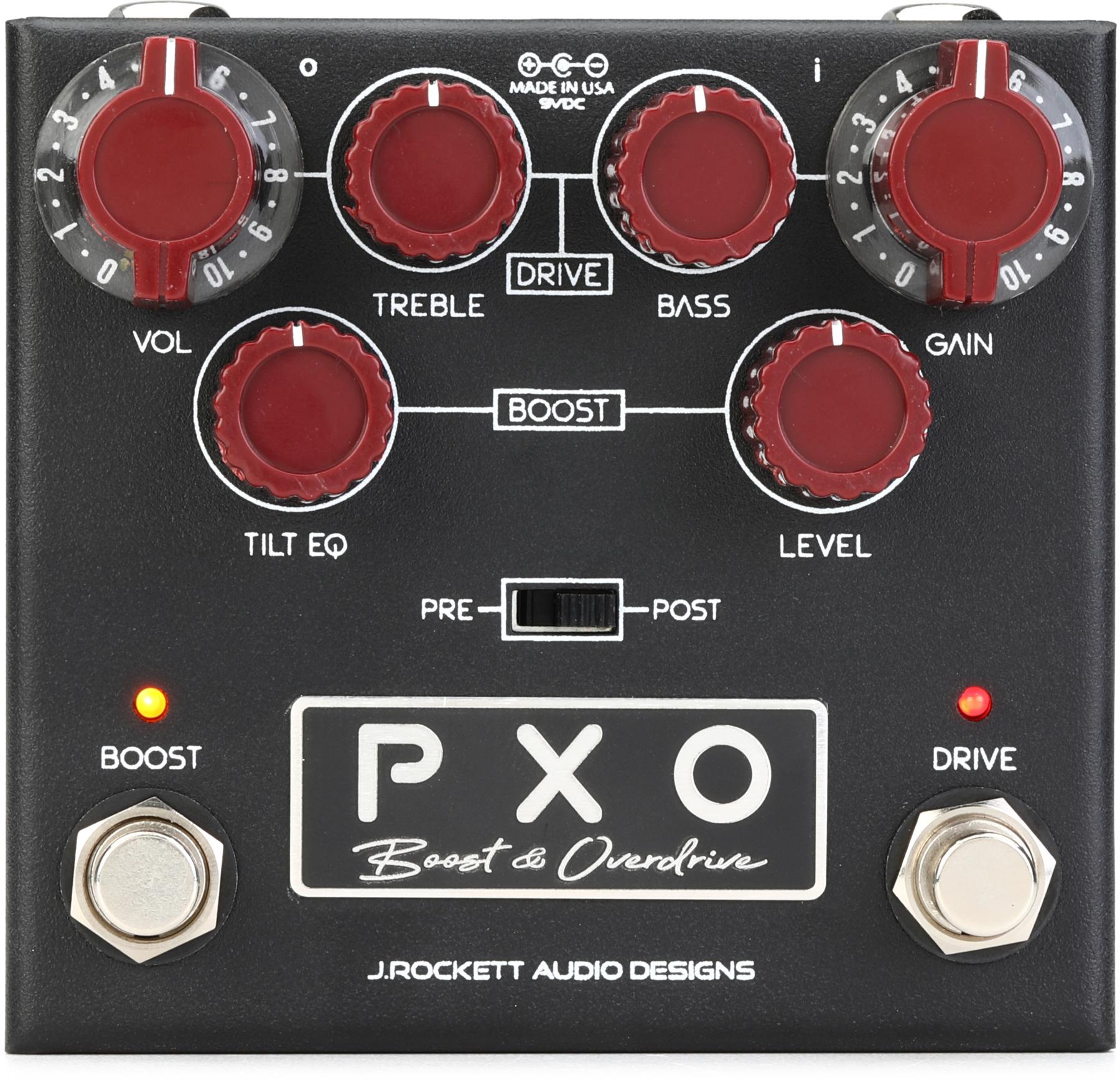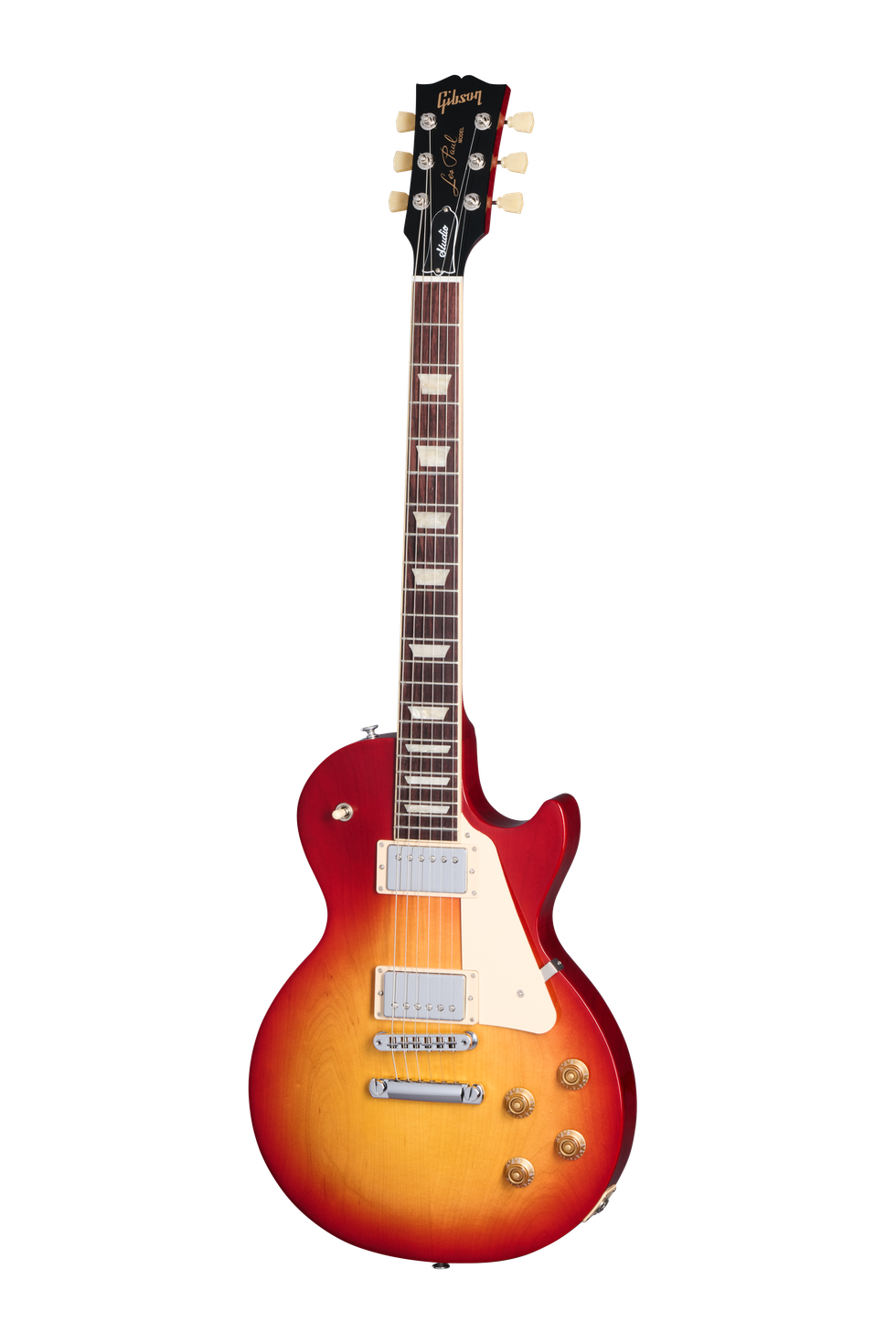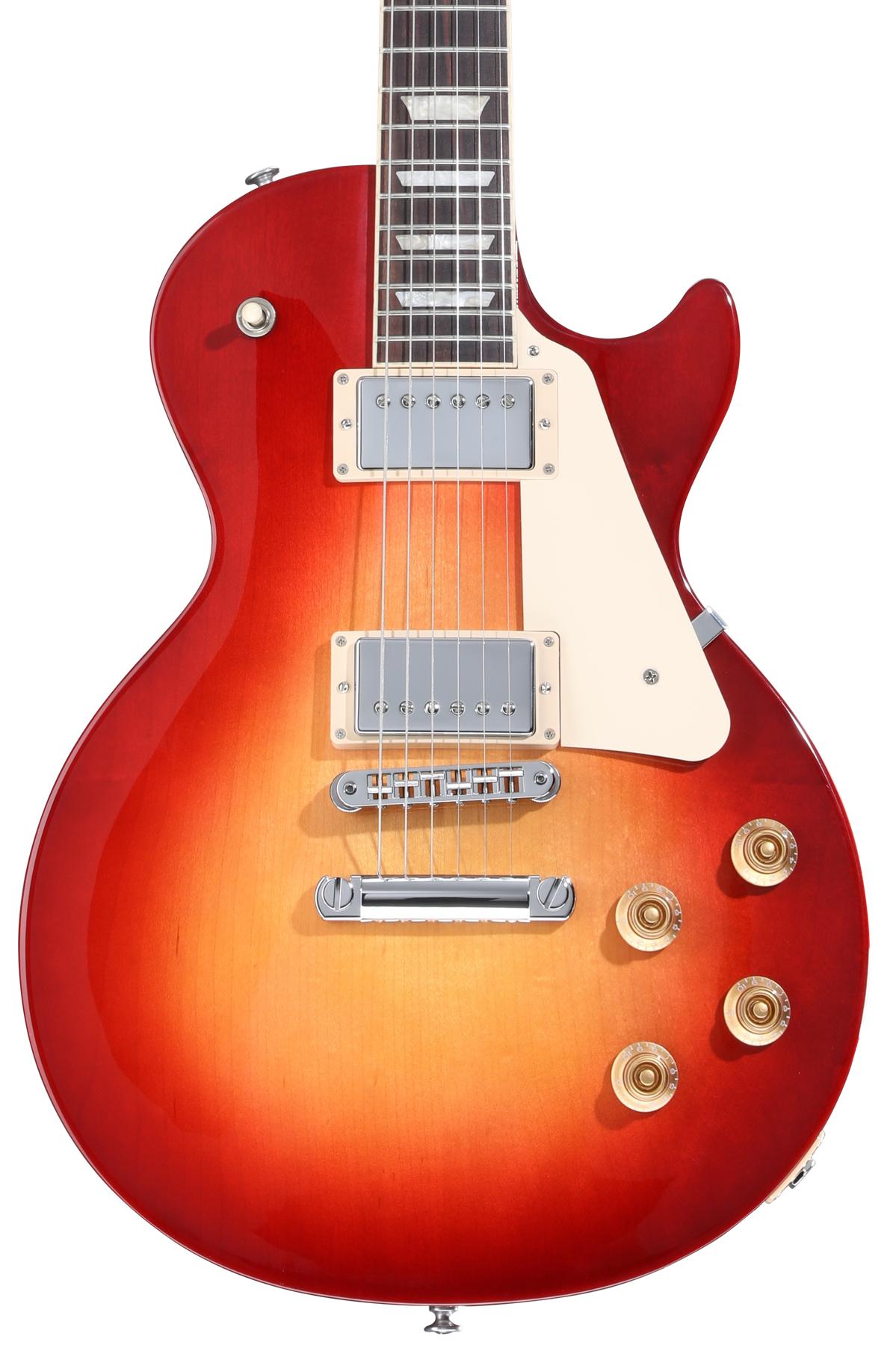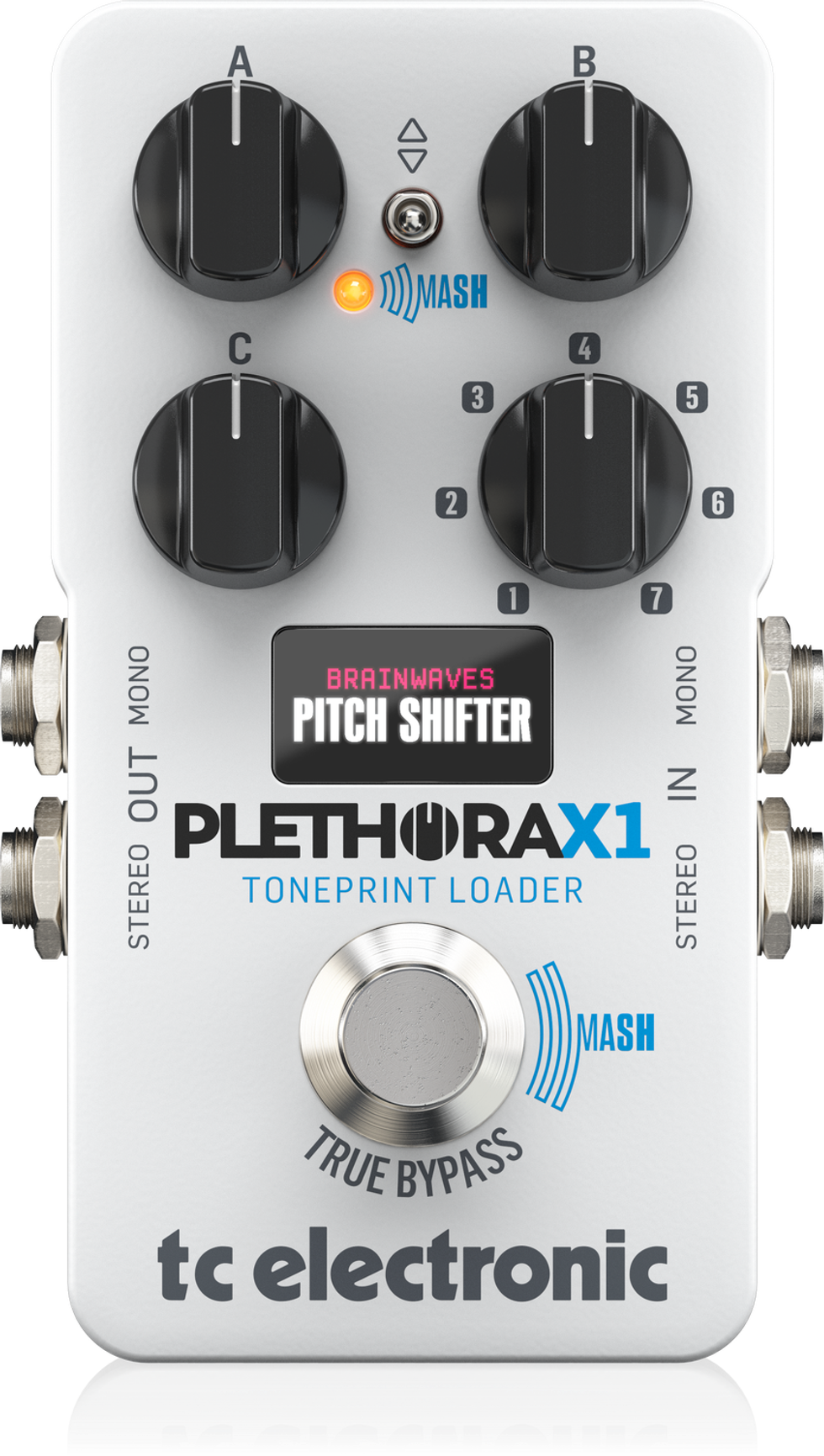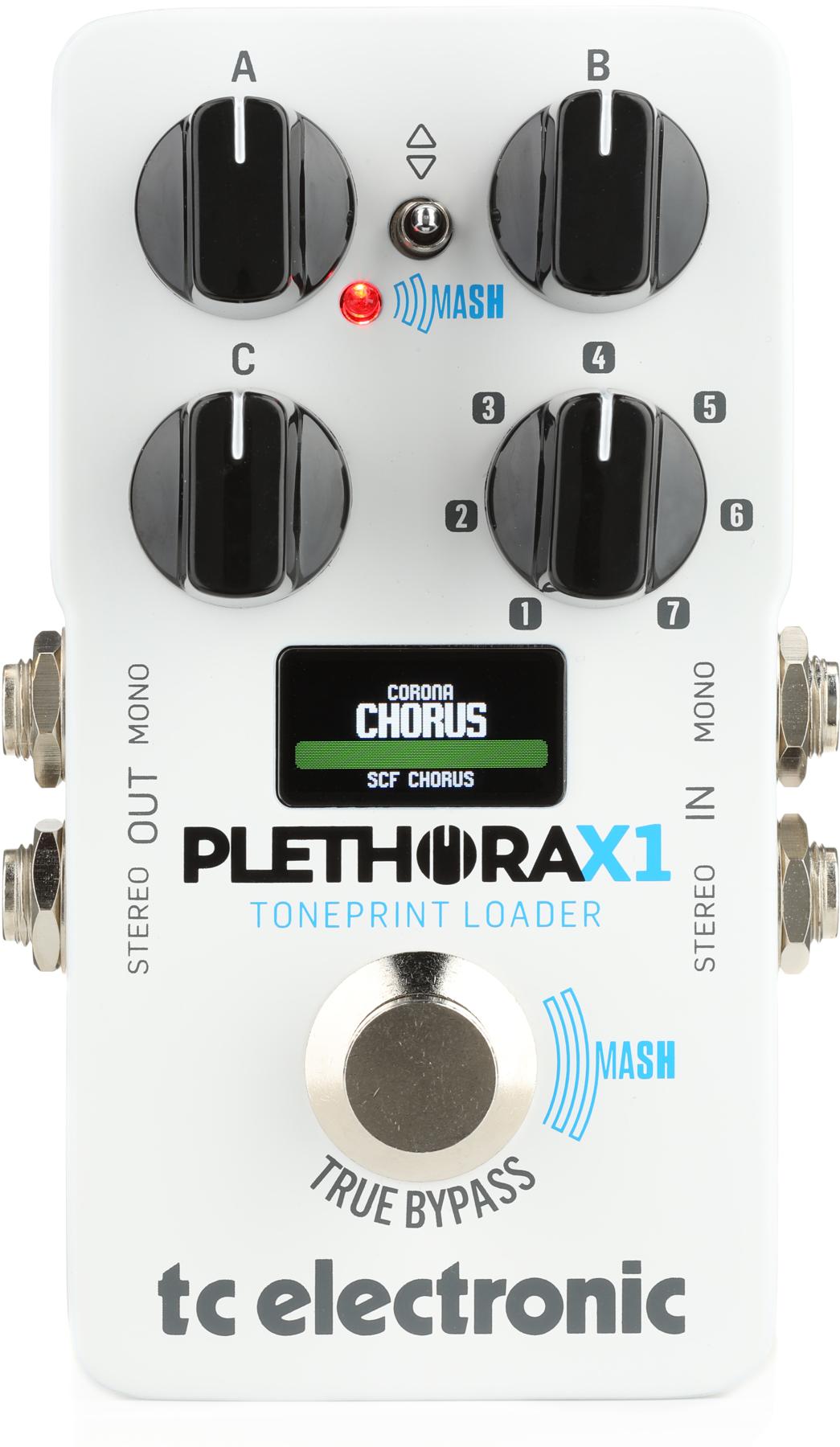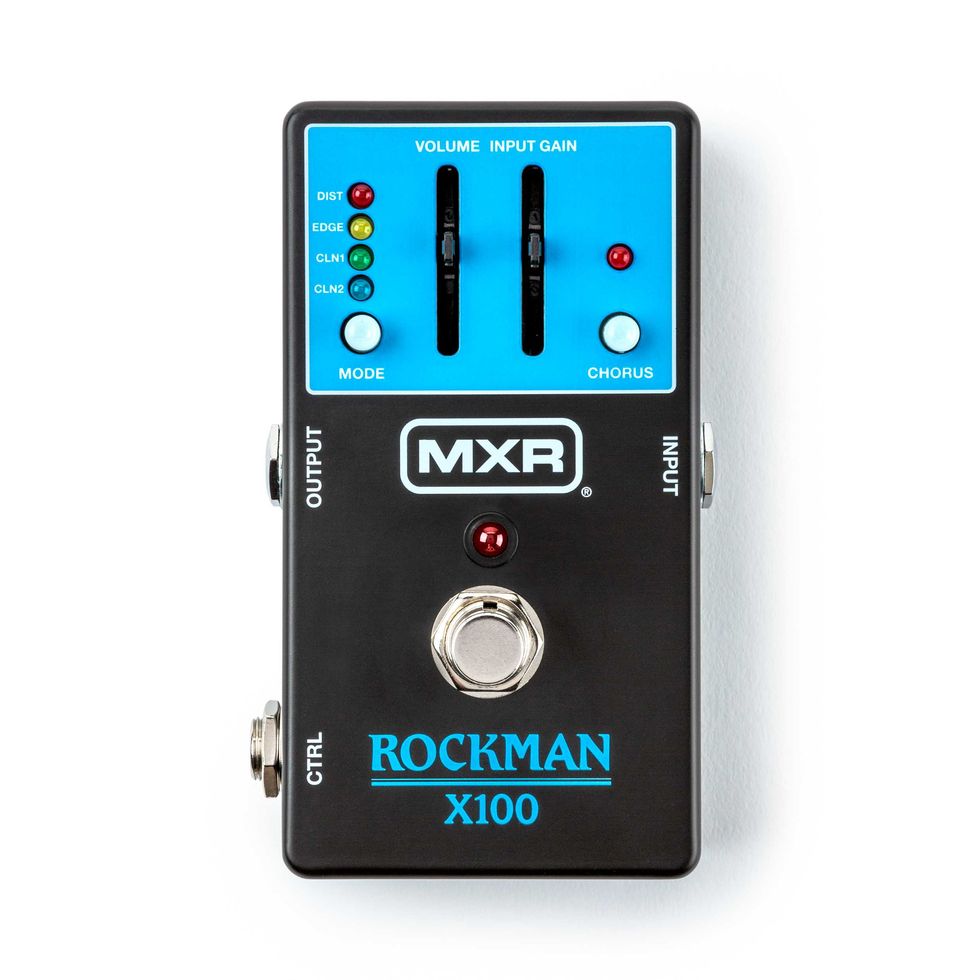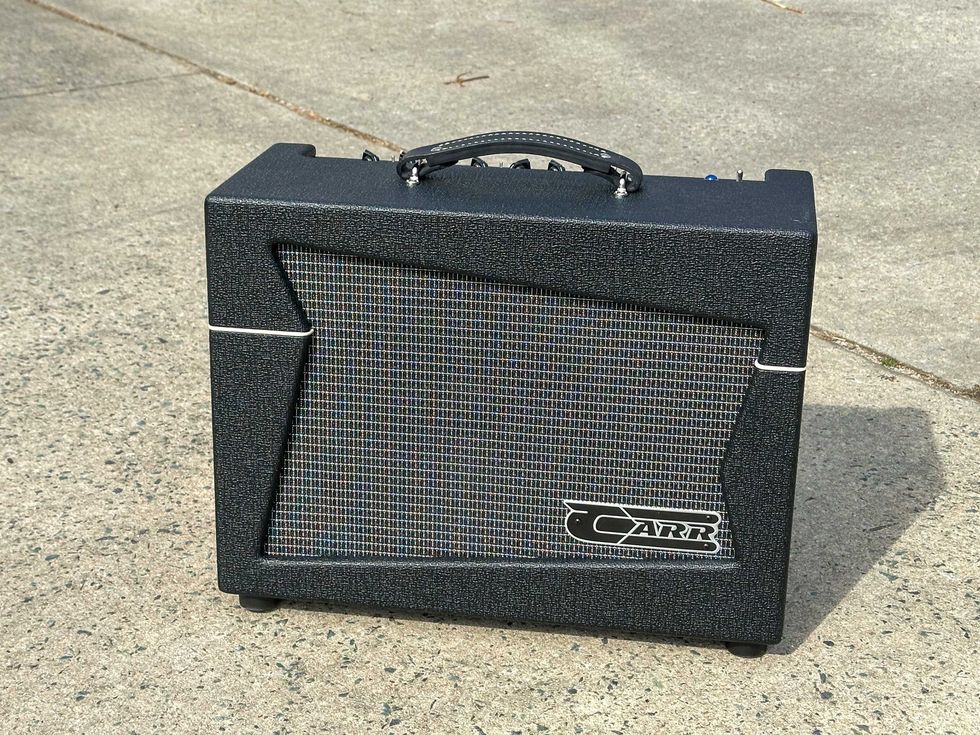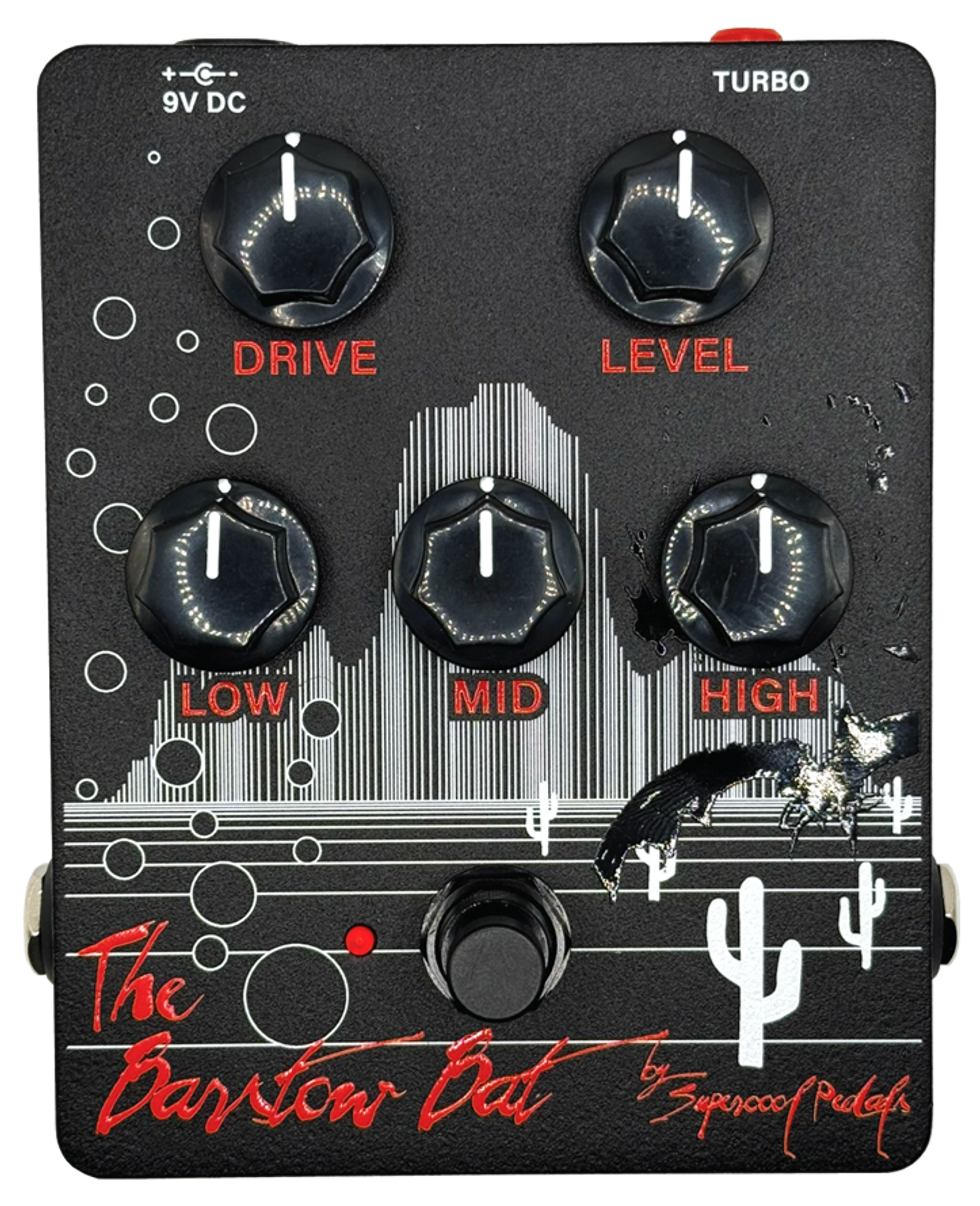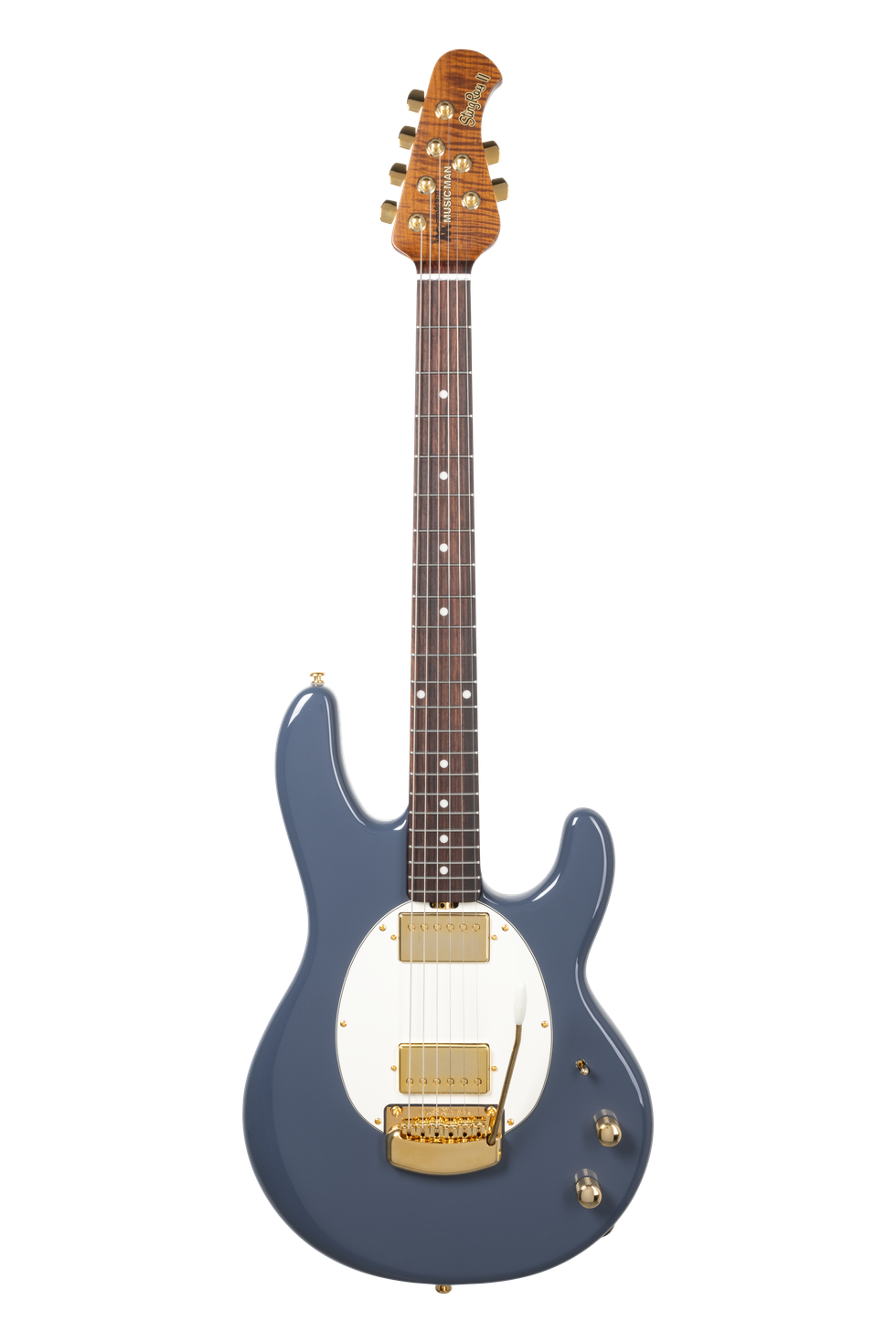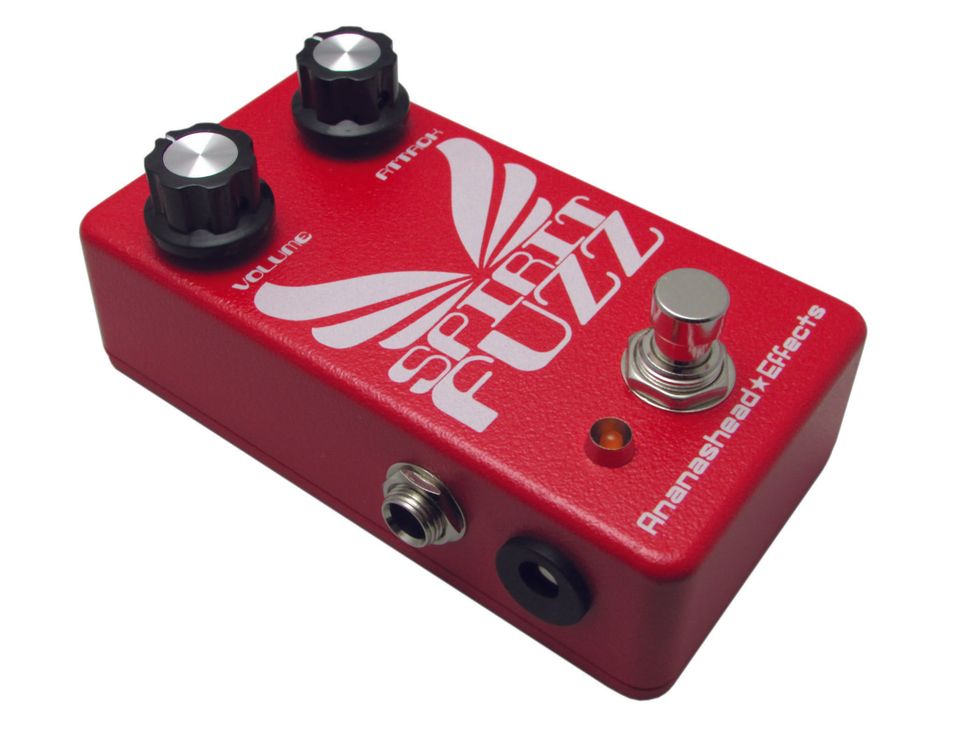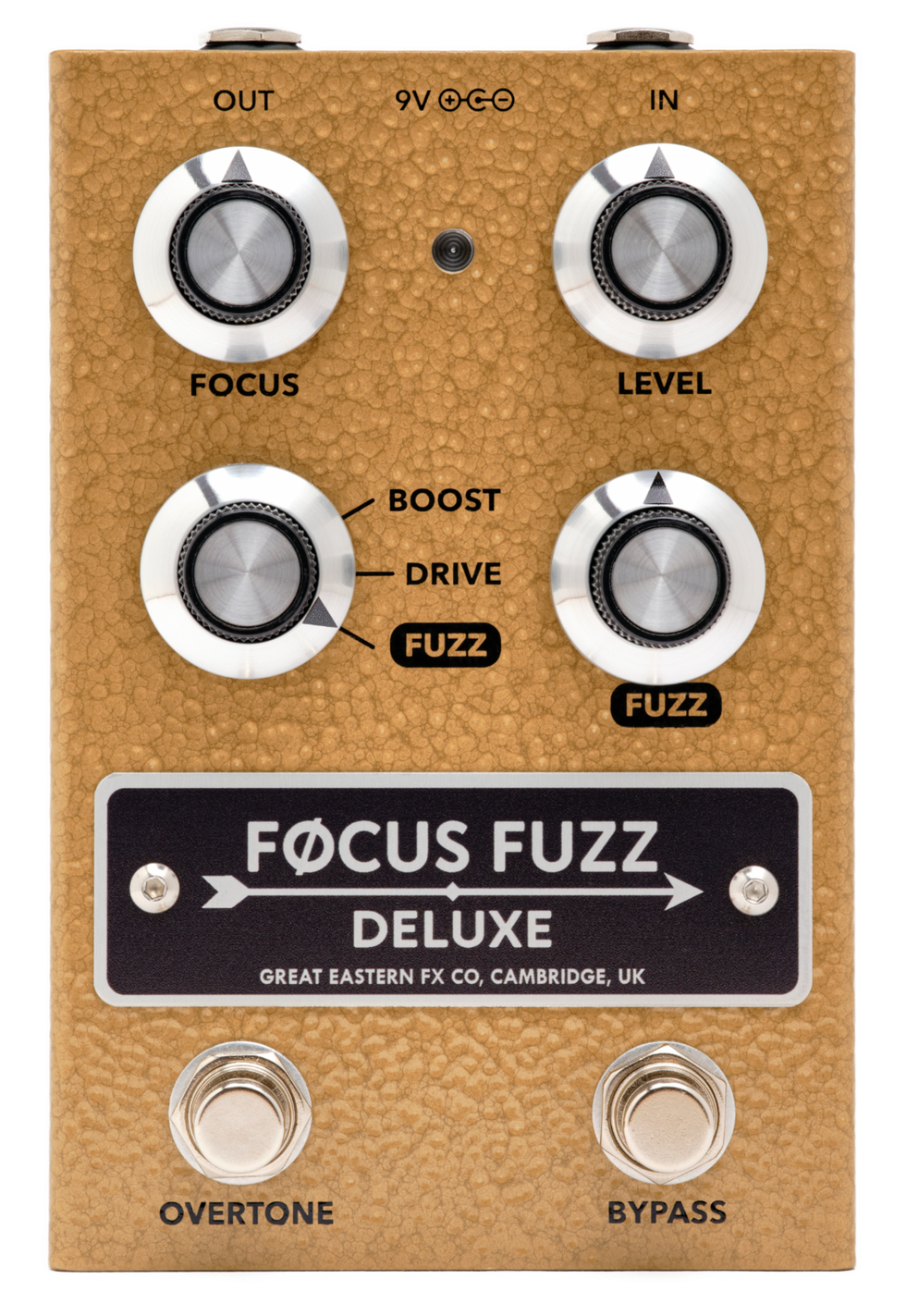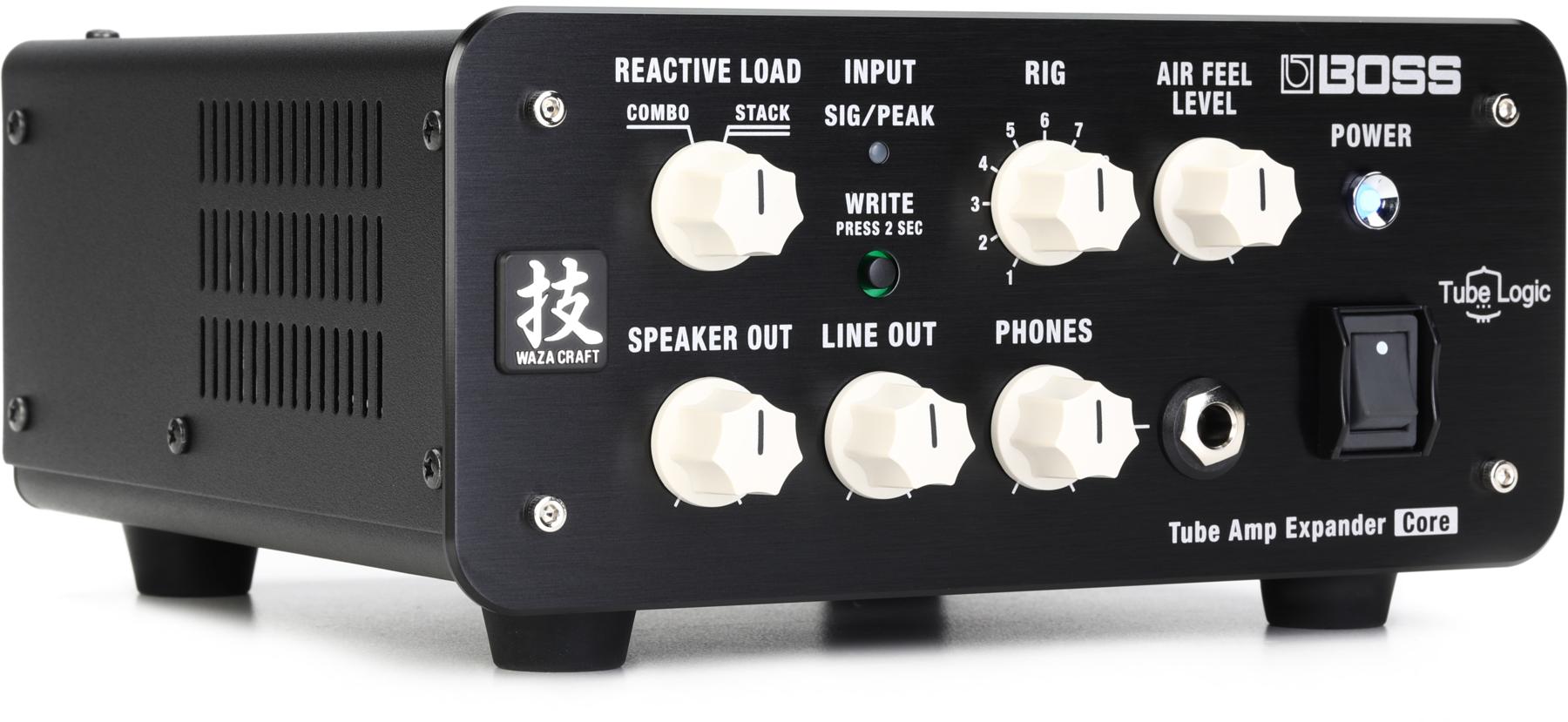From the outset, it must be said there are easier ways to get a delay sound than using Gamechanger’s Auto Delay. But if simple echoes were the sole objective of this pedal, I doubt Gamechanger would have bothered. As you may have gleaned from a listen to the company’s Bigsby Pedal, PLASMA Pedal fuzz, or LIGHT Pedal reverb, the Riga, Latvia-based company rarely takes a conventional approach to anything they design or release. But what is “conventional” from a guitarist’s point of view, may be something quite different for musicians determined to bend notions of what sound and music are, how it’s made, and by what means.
By Gamechanger standards, the digital Auto Delay (along with its stablemates the Auto Reverb and Auto Chorus) is almost straightforward in concept. It utilizes existing concepts of dynamic delay, control voltage, and modular synthesis as essential parts of its functional underpinnings—which are not exactly unusual in stompbox design. Yet the way the Auto Delay’s functions interact make it feel and sound unique. And while not every player will want to take the time to explore the sometimes complex interplay between its functions, at its best, the Auto Delay prompts unorthodox thinking about the ways touch dynamics or pitch relate to the delay colors you can create, prompting unexpected compositional vectors and a kind of extra-dimensional relationship to the fretboard.
Beat of a Different Drum
Gamechanger’s path to building such unusual sound manipulation machines might seem a curious one when you consider that founder Ilja Krumins and his fellow founders Mārtiņš Meļķis and Kristaps Kalva are rockabilly heads with tastes that include the soulful earthiness of J.J. Cale. But the more accessible side of the Gamechanger design team’s musical interests likely informs the most approachable aspects of the Auto Delay. You can use it like you would any ordinary stompbox echo and take advantage of its three very distinct voices (tape, analog, and digital), copious 2-second delay time, and rangy tone control in order to fashion many compelling delay sounds. This is, needless to say, a vast underutilization of the Auto Delay’s powers.
Routing, Rearranging, and Raging Like a Lunatic
Though you can get lost in the Auto Delay (in good ways and bad), it isn’t necessarily the headache that its patch bay, LEDs, and many switches and knobs suggest. The idea behind the patch bay is simple: Routing a cable from one of the two dynamics or pitch automation input sockets to the level, tone, repeat, or time input sockets means that a change in, say, your picking intensity (dynamics) or where you play on the fretboard (pitch) increases or reduces the value for the parameter you linked to the dynamics or pitch socket. Even if you’ve not been indoctrinated in these methods via modular synthesis, it’s not as complicated as it sounds, and trial-and-error experimentation yields intuitive understanding of these interactions quickly.
The tape, analog, or digital voice can drastically reshape the tone and response of interactions. But so will the fast, rise, and gate dynamics modes, which determine the nature of the dynamic response. Setting thresholds for the dynamic and pitch response is easy. You simply hold down the “auto” footswitch or the bypass footswitch and twist the respective knobs until you reach the desired threshold, which is indicated by the adjacent LED. Like the other functions, getting a feel for how these thresholds work within your playing style takes time. As you might guess, we’ve really only discussed the most fundamental functions here. But in addition to these, you can use alt mode to assign different values to the secondary knobs and toggle between primary and secondary knobs using the auto switch. You can also manipulate the stereo spread or control the clock via MIDI.
The Verdict
The Auto Delay is not for the faint of heart or impatient. Grasping the interrelationships between the controls takes time. In fact, understanding how those interrelationships feel and respond musically will be more challenging for some than understanding how they work conceptually— which, while not elementary, can be sussed out with a careful read of the manual. But when you do find a rhythm and flow with the Auto Delay it can be richly rewarding and even meditative.
Because it can reshape your relationship with the fretboard and your sense of touch, this is a great tool for extracting yourself from ruts, whether in technique or mood. And if you’re a musical tinkerer, the Auto Delay can provide much of the same satisfaction and sense of discovery you experience working with a synthesizer—particularly if you enjoy working in the hardware realm rather than on a computer screen. One should consider the scores here as especially subjective and on a sliding scale. The Auto Delay’s many sonic and functional idiosyncrasies will be nectar to some and poison to others. And more than most pedals, you should probably have a firsthand experience with the thing before you decide how and if it fits your musical objectives. For many restless players, though, the Auto Delay will be a deep well of musical provocation and ideas.

